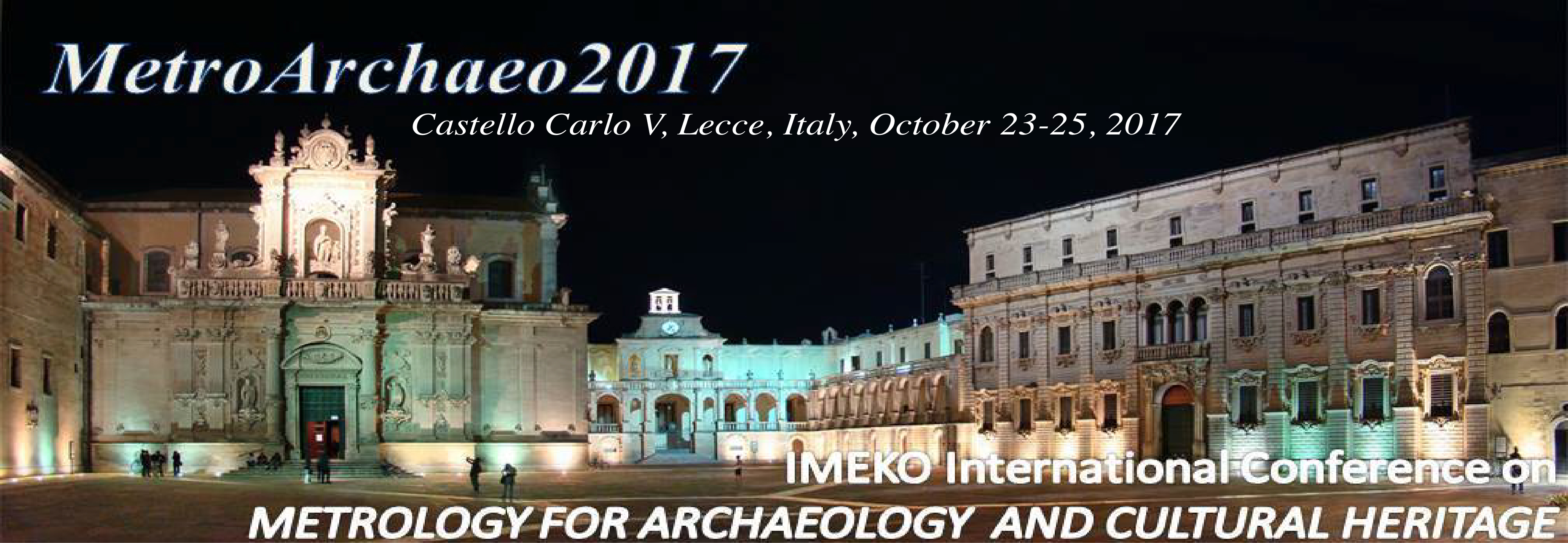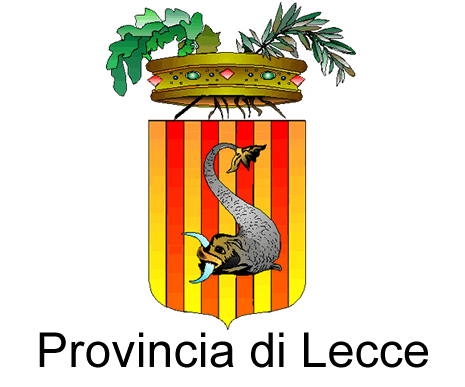Paper Heritages; Identification, Analysis, Investigation, Deterioration, Conservation and Restoration
Organizers
 Maryam Soltani
Maryam Soltani
Questo indirizzo email è protetto dagli spambots. È necessario abilitare JavaScript per vederlo.
- Archeometrist and Conservator of cultural Heritage
- Master in Archeometry in Erasmus Mundus Program, three universities; Evora, Aristotel
and La sapienza university
- Master in Conservation and Restoration of cultural heritage, Art University of Isfahan
- Bachelor in Chemistry, Isfahan University
- Researcher in Traditional Art Research Centre in Isfahan
- Author of Book under title; Declined Iranian Traditional Arts
Abstract
The variety of paper usage in different sort of cultural heritage such as calligraphy, books, paintings, wallpapers, and so on, make it significant to improve analytical methods for conservation decisions. By using analytical instruments is possible to assess deterioration and the agents which are involved to cause deterioration. Understanding of paper aging and deterioration processes make it possible to develop stabilization strategies.
The condition of paper depends on its manufacture and aging history. Some papers are exceptionally well presented because they are composed of stable materials and were adequately stored, while others show significant signs of deterioration because they were made with unstable materials or were stored under unfavorable conditions. Preservation of paper-made artifacts with the best possible fidelity requires in-depth knowledge, to aid the most suitable restoration, conservation, storage, and eventual museum display. Investigators have a number of analytical tools at their disposal, ranging from standard optical magnification, to exquisitely sophisticated molecular spectroscopy.
knowing all the materials in a paper document can be great value for determining the most suitable methodology for restoring its damage or for preserving it against humidity, temperature, and light. This is not only to understand the mechanism behind the degradation, but also to develop methods for stopping or slowing it down in order to save paper-based cultural heritage word-wide
Non-invasive diagnostic techniques and analytical methods are tools for conservators to get trustworthy right side on the artefact conservation state, on the degradation mechanism affecting the artefact as a function of the environment in which it is exposed and of the stability of the restoration treatment. So, It is important to appreciate each analytical techniques offers specific advantages and limitations are used widely for the purpose of finding scientific evidence of paper-based object's age, origin and deterioration processes.
The main topics will be categorized in these topics:
• Measurement techniques for studying the mechanism of paper-made artefacts degradation
• Non-invasive diagnostic techniques for measurements and long-time monitoring
• Methodologies for preventive conservation
• Environmental monitoring and museum designing for paper artefacts
























